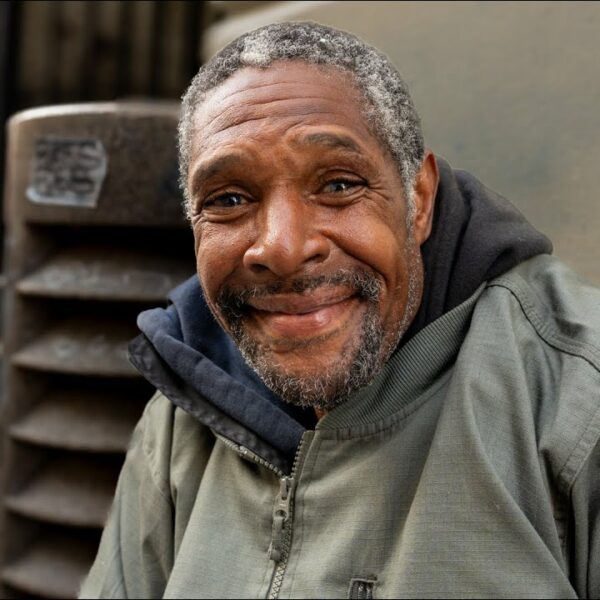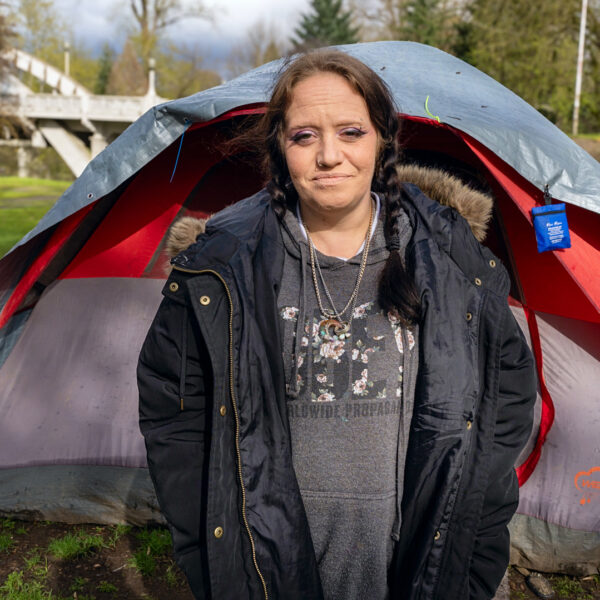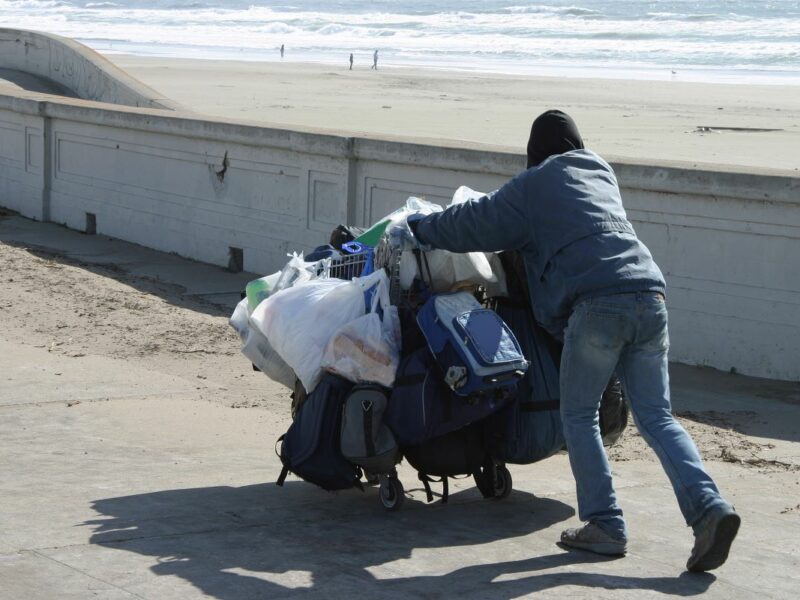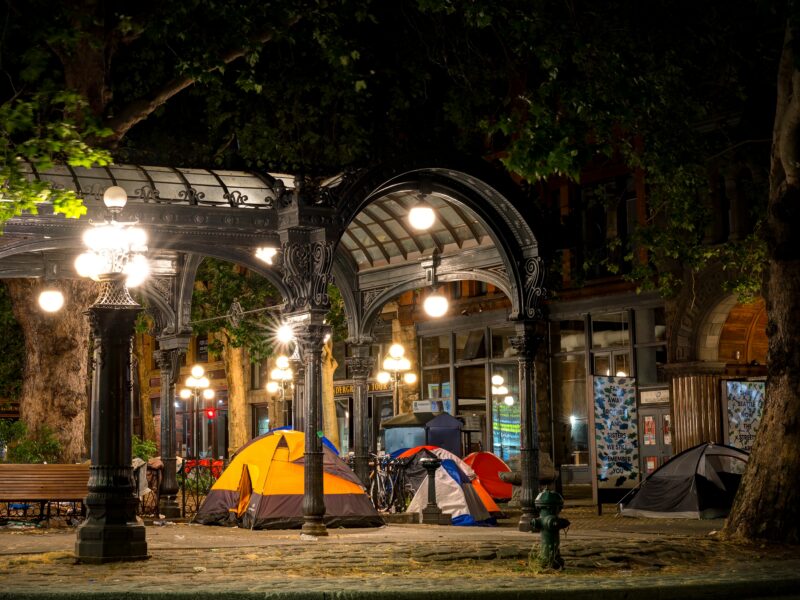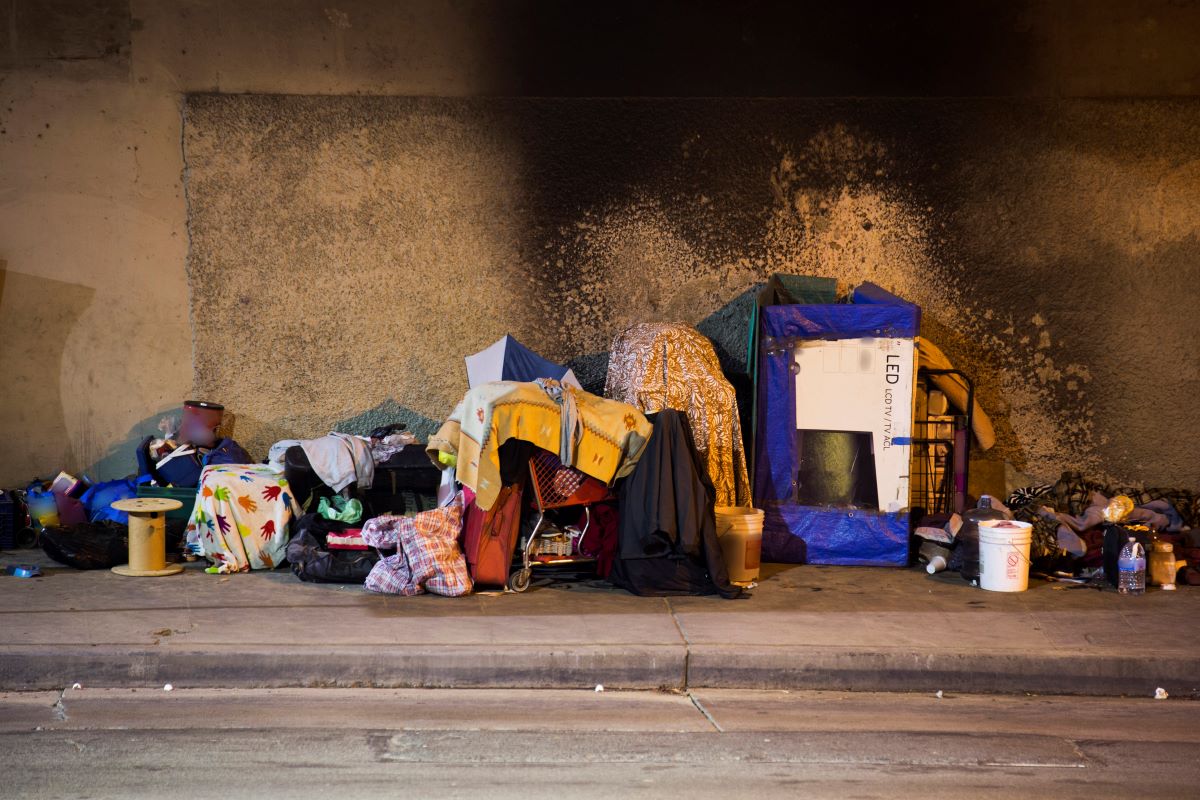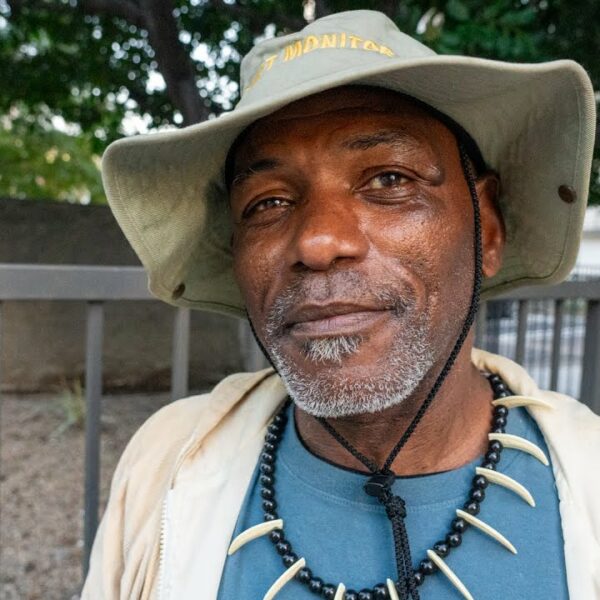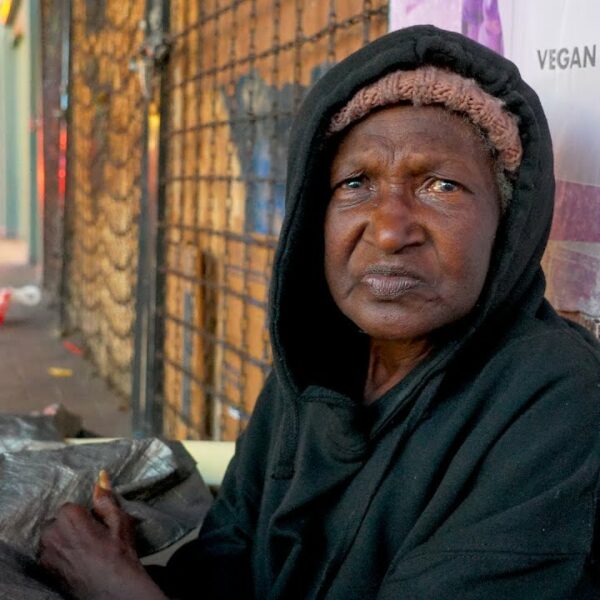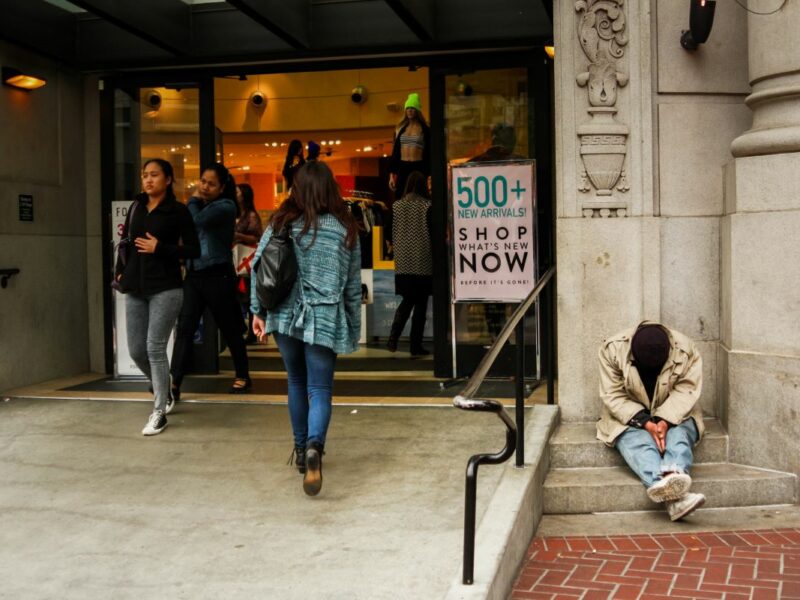A new study by the RAND Corporation confirmed what many homeless service providers already knew. Most people experiencing homelessness are willing to accept housing or placement in a shelter or motel, but communication breakdowns prevent many from ever moving into a home.
The year-long study surveyed more than 400 unsheltered people experiencing homelessness in three hot-spot neighborhoods around Los Angeles: Hollywood, Venice, and downtown’s Skid Row. Overall, 90% of respondents indicated they are interested in receiving housing, with another 87% saying they would accept placement into permanent supportive housing, a hotel or motel, or a shelter.
However, the survey also found that the city’s outreach efforts are falling well short of their intent. For instance, 44% of respondents said they were never contacted to move into a house after being placed. Another 35% said housing safety issues prevented them from going inside, while another 29% said they had trouble completing the necessary paperwork.
The study was released at a time when local and state officials seem to be at odds over the best way to end homelessness. At the local level, the Los Angeles Board of Commissioners approved Mayor Karen Bass’ emergency declaration on homelessness last month, which gives the local government access to additional federal funds as well as increased regulatory authority.
But state officials are throwing their weight behind new law enforcement measures that may keep many people from getting into housing. Gov. Gavin Newsom’s latest budget includes a line item for $750 million that will go towards encampment cleanups across the state.
The RAND study suggests that these cleanup operations are one of the reasons why some unhoused people lose contact with service and housing providers.
Jason Ward, the report’s lead author and an associate economist at RAND, added that the study’s findings show that Los Angeles needs to do a better job of counting its unhoused, as RAND’s counts varied greatly from the city’s official numbers.
“Our findings suggest that in many cases, volunteer-led counts result in accurate estimates of the area’s unsheltered population,” Ward said. “But in other cases, we see evidence of fairly large discrepancies that suggest possible room for improvements to the Los Angeles Homeless Services Authority process.”
Homelessness has become a flashpoint topic in Los Angeles since the pandemic began as the city’s cost of living soared. Since March 2020, the median home price in Los Angeles has grown from $783,000 to more than $1 million by its peak in June 2022, representing a nearly 35% increase. The city’s median rent for a two-bedroom apartment has also increased by 7% from $1,752 to $1,873 as of December 2022.
As the city’s cost of housing increased, so too did its rate of unsheltered homelessness.
The RAND study measured a greater-than 18% in unsheltered homelessness between September 2021 and October 2022. Federal data shows that the city’s unhoused population increased by 4%, up to more than 69,000 people.
The increase in homelessness rates in Los Angeles has come with an increase in violent attacks against people experiencing homelessness. One report from the Associated Press cited multiple instances of violence against homeless people in both Los Angeles and New York. Meanwhile, online personalities continue to spread misinformation about people experiencing homelessness refusing services because they would rather live outside.
Multiple people interviewed by Invisible People in Los Angeles have said they would prefer to live in housing. Nicole is one woman sleeping on the streets of Los Angeles who said she would move into housing, but local shelters don’t allow her to bring her two pet dogs.
Johana was living along the 101 Freeway when Invisible People caught up with her. She said she would move into housing but was under the constant threat of being swept by the California Department of Transportation. She added that those sweeps kept her from being in regular contact with people who could connect her with housing options.
“They’ve torn down our entire camp multiple times, and not once have we received information about how to get our stuff back or another spot we can go to,” Johana said.
How You Can Help
The pandemic proved that we need to rethink housing in the United States. It also showed that aid programs work when providing agencies and service organizations with sufficient funds and clear guidance on spending aid dollars.
Contact your officials and representatives. Tell them you support keeping many of the pandemic-related aid programs in place for future use. They have proven effective at keeping people housed, which is the first step to ending homelessness.



